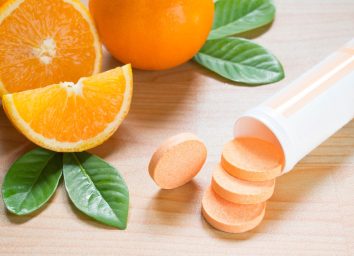Popular Foods With More Vitamin C Than an Orange
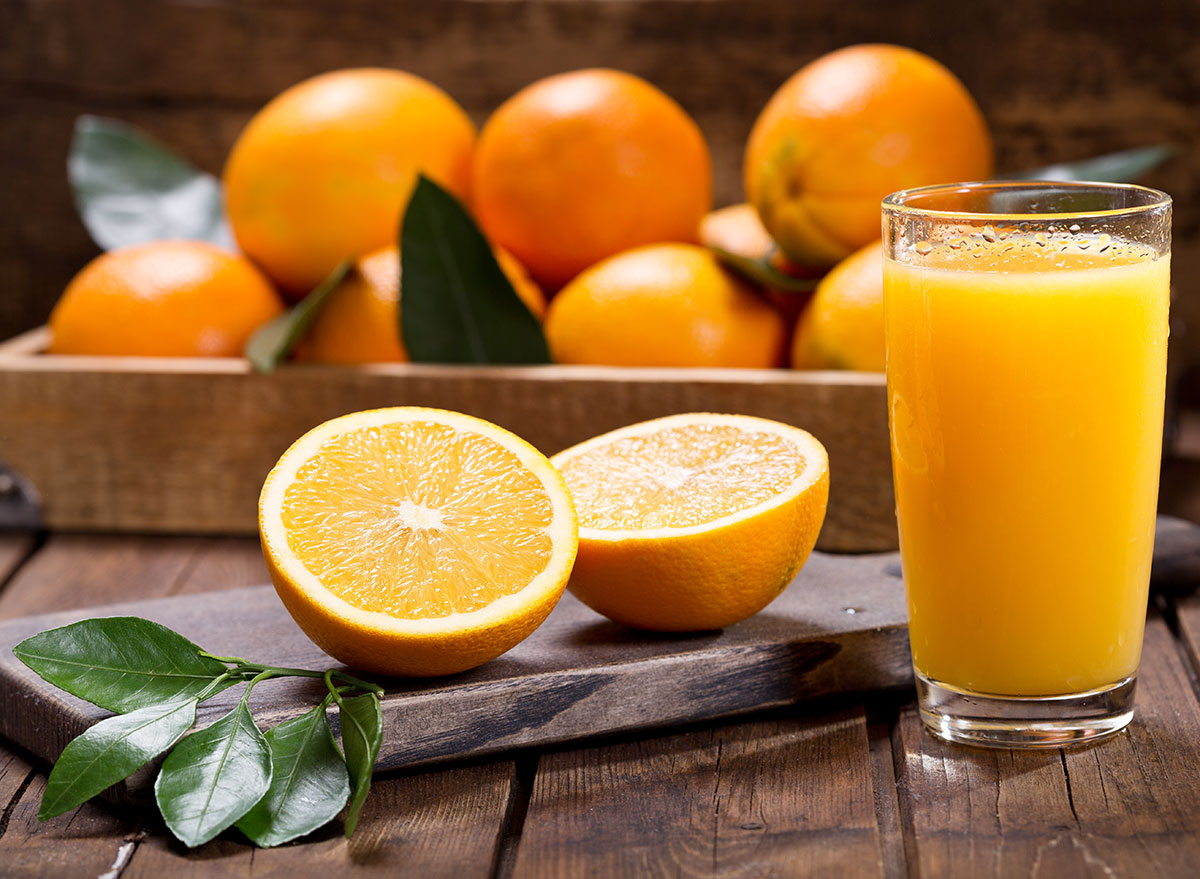
When you have a cold and your immune system is down, you likely reach for a glass of orange juice, right? Oranges—along with other citrus fruits—are always advertised as being high in vitamin C, one of the most prominent vitamins you need in your diet. Vitamin C is a water-soluble vitamin and an antioxidant that can help improve your skin and keep your immune system healthy. According to the Indian Journal of Clinical Biochemistry, vitamin C has also been proven to be beneficial for reducing the risk of developing chronic diseases like cancer, atherosclerosis, diabetes, neurodegenerative disease. And….scurvy.
So naturally, people reach for an orange (or orange juice) when they think they need a little immunity boost of vitamin C. The Recommended Daily Amount (RDA) for vitamin C is around 90 milligrams, with a limit of 2,000 milligrams a day. And while eating an orange does get you closer to your RDA for vitamin C (around 70 milligrams per one medium orange), it doesn’t quite get you there compared to some other popular foods you may know, which easily get your vitamin C RDA in just one serving.
We took a look at the nutritional information for different vitamin C-rich foods to determine which popular foods do have more vitamin C than an orange, and the results may surprise you. So if you’re getting sick of drinking orange juice when you need an immunity boost, here are the foods you could consume instead. Then, be sure to check out The #1 Best Juice to Drink Every Day, Says Science.
Kiwi

One medium kiwi = 71 mg, 79% RDA
Although the amount of vitamin C in one medium kiwi is close to eating an orange, this fruit is significantly smaller—meaning you can easily eat two of them and double the amount of vitamin C you are consuming.
Kale

One cup, chopped, raw = 80 mg, 89% RDA
Believe it or not, kale actually has more vitamin C than an orange! Kale is a cruciferous vegetable, and numerous cruciferous vegetables are known to have high amounts of vitamin C.
Strawberries

One cup = 89 mg, 99% RDA
That’s right—the mighty little strawberry has more vitamin C than an orange! One cup of strawberry halves will provide you with almost your entire RDA of vitamin C, along with other strong antioxidants that help ward off the development of chronic disease.
Brussels Sprouts
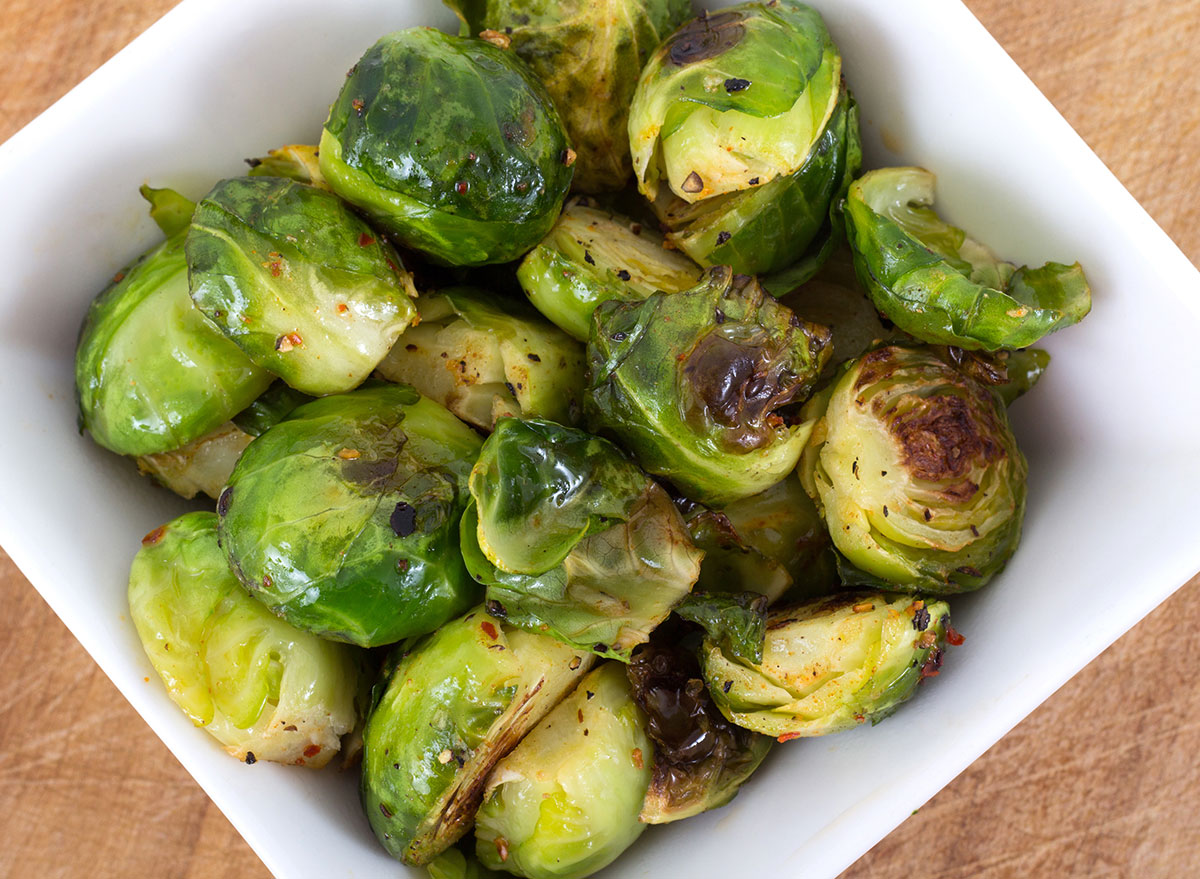
One cup, cooked = 98 mg, 109% RDA
Along with kale, Brussels sprouts are another cruciferous vegetable that is loaded with vitamin C. Add one cup of cooked Brussels sprouts to your dinner plate to fulfill your vitamin C intake for the day, while also getting a boost of fiber, vitamin K, folate, potassium, and more.
Broccoli

One cup, cooked = 102 mg, 113% RDA
Another vitamin C-rich cruciferous vegetable to add to your plate! One cup of broccoli will give you your vitamin C RDA for the day. Studies even show that eating cruciferous vegetables regularly can help decrease oxidative stress and decrease your risk of developing cancer.
Mustard “Greens” Spinach
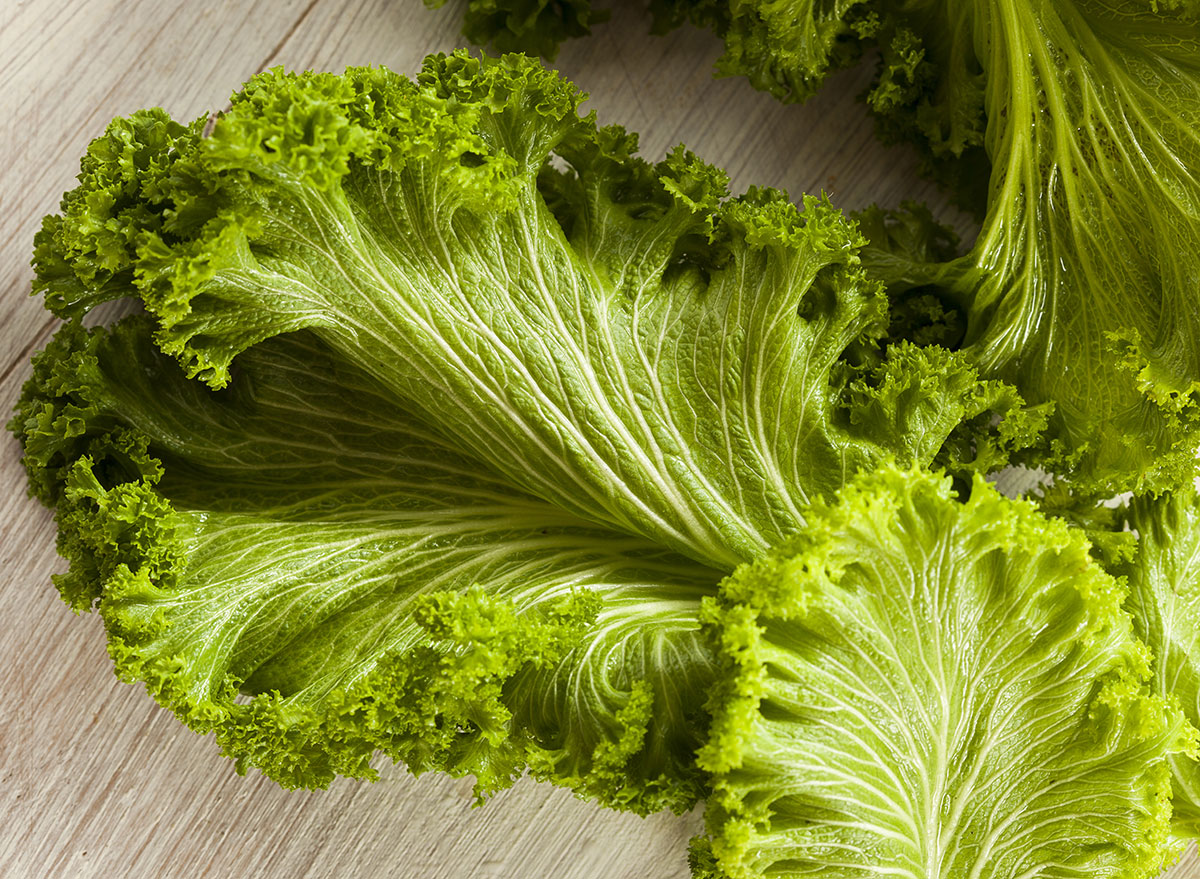
One cup, raw= 195 milligrams, 216% RDA
If you’re a fan of mustard greens, then you are going to love the fact that one cup of your favorite green dish can actually provide you double the amount of vitamin C you need for the day! However, cooking mustard greens does lower the number, but one cup of cooked mustard greens still gives you 117 milligrams, which is 130% of your RDA.
Yellow Bell Peppers
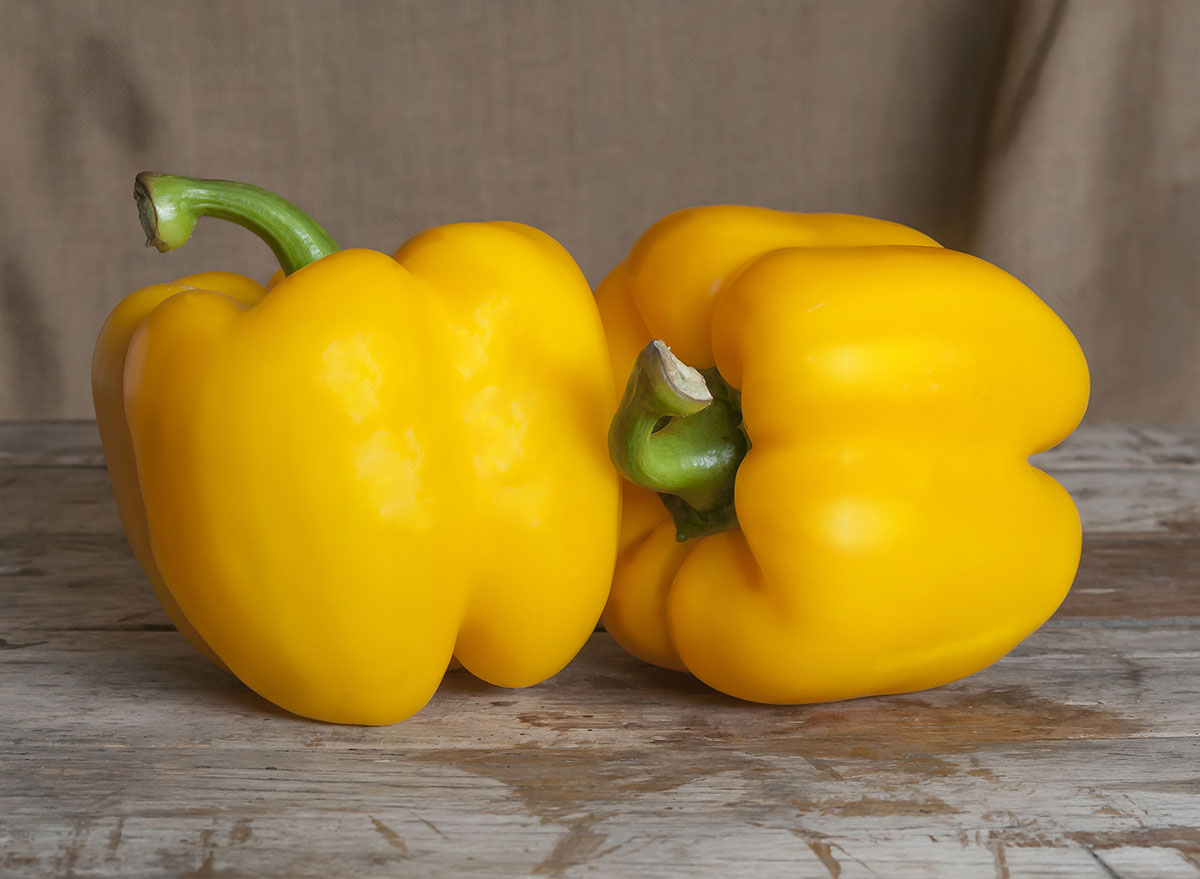
One cup = 275 mg, 305% RDA
Yellow bell peppers—really? Yes, one cup of sliced yellow bell peppers will provide you with a whopping 275 milligrams of vitamin C in a day. Sorry orange, but it’s time for a new vitamin C queen to take the throne.
Get even more healthy tips straight to your inbox by signing up for our newsletter! After, read these next:
- Popular Foods With More Potassium Than a Banana
- One Major Side Effect of Not Getting Enough Vitamin C, Say Experts
- What Taking Vitamin C Every Day Does to Your Body

